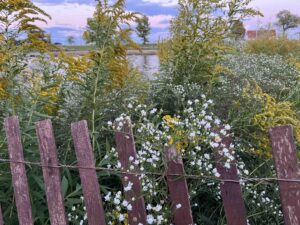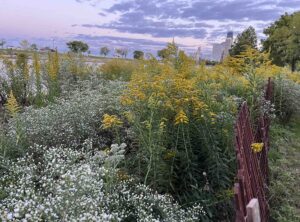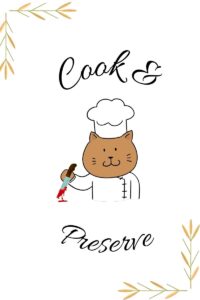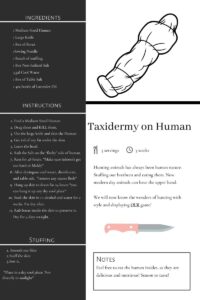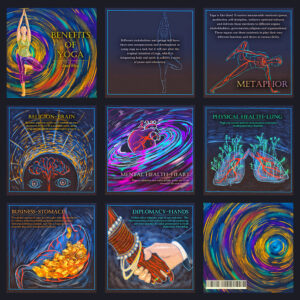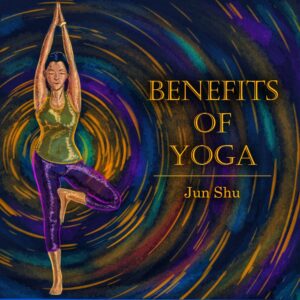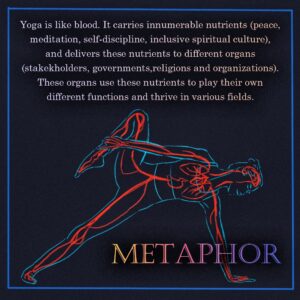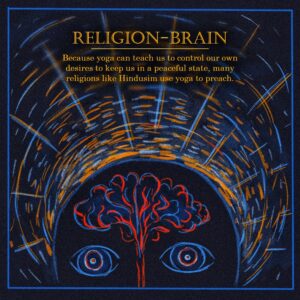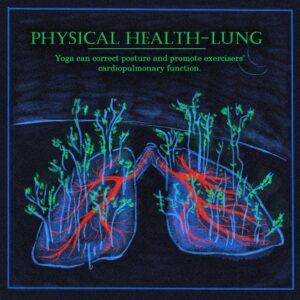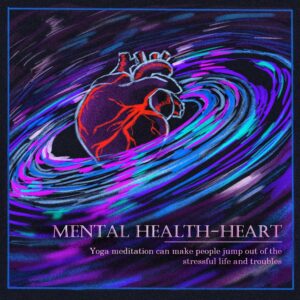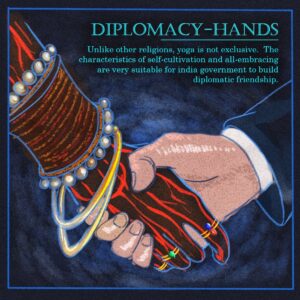Topic 1 Satellites(Space)
Demo link: https://suirunzhao.github.io/satellitesinspace/#live
Research:
Based on the research and interview, I found that
- the rise in the number of satellites being launched into space is unsustainable.
- Satellites mega-constellations pose a risk to climate and the environment.
- Tighter global regulation is needed to ensure space sustainability.
In order to raise people’s awareness of creating a system of sustainable satellites above us, with long time horizons, I created this guide, with some brief description of the current situation of space.
Progress:




- A basic guide for people interested in knowing the satellite above us.
- Brief description of the damage caused by space debris.
- Gives people information about satellites, users can search the satellite’s name and give them information, including their names, countries, owners, users, purposes, orbit types, altitude, and source links.
- Users can scroll from the bottom to the top of the page to cognize satellite orbits, which simulates different orbits’ altitude.
References:
Nasa Live Views from the ISS https://www.youtube.com/watch?v=86YLFOog4GM
DEWESoft https://dewesoft.com/daq/every-satellite-orbiting-earth-and-who-owns-them
UCS Satellite Database https://www.ucsusa.org/resources/satellite-database#page-subtitle
Data: https://www.n2yo.com/satellites/
howmanypeopleareinspacerightnow https://www.howmanypeopleareinspacerightnow.com/
Space Guide: https://abraiz01.github.io/Connections-Lab/Week3/Project_1/index.html
Scroll Inspiration: https://neal.fun/deep-sea/
Space Debris and Human Spacecraft: https://www.nasa.gov/mission_pages/station/news/orbital_debris.html
SATELLITES FOR SUSTAINABILITY: https://pages.devex.com/satellites-for-sustainability
What’s the environmental impact of space debris and how can we solve it? : https://www.weforum.org/agenda/2022/07/environmental-impact-space-debris-how-to-solve-it/
The current state of space debris: https://www.esa.int/Space_Safety/Space_Debris/The_current_state_of_space_debris

